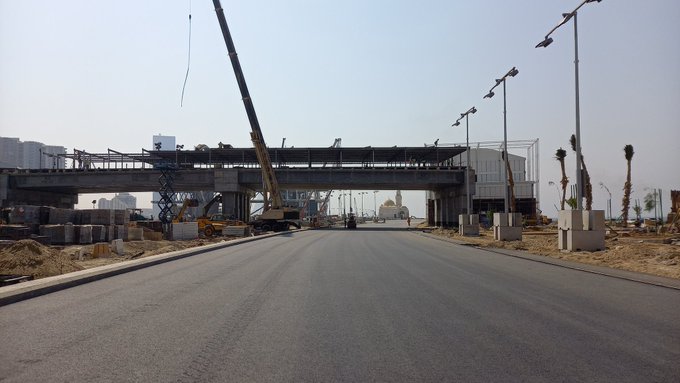I found this paper that discusses a method of curing a track faster!
http://ascpro0.ascweb.org/archives/cd/2 ... 002016.pdf
Although there is not a proper method to effectively measure the cure rate of fresh HMA pavement, it is generally
agreed hardening normally last 12 months after paving (Chen and Huang, 2000). While ordinary vehicles can be
driven at reasonable speed on a fresh HMA surface, no race cars or motorcycles should be run on the newly paved
surface. It was recommended minimum cure time of 60 day is necessary after paving, depending on temperature,
thickness, mix type and other conditions. Note that motorcycles are as damaging as any race car due to the high
power/tire footprint ratio, which causes bike tires to cut through the surface more easily than a wider car tire. In
cold areas in Canada, it is recommend that the track surface be allowed a full winter of cure time. To reduce the
cure time, hydrated lime was spread after HMA was placed and rolled. The application rate for the hydrated lime
was 80 to 100 grams/m2 of pavement surface area. The hydrated lime should meet the requirements in ASTM 0207:
Specifications for Hydrated Lime for Masonry Purposes. Mete-R-Matic XL top dresser, with an extra-large capacity
hopper, was used to apply hydrated lime. This equipment has been known for its uniform application of top
dressing and its simple, easy-to-use design. Other similar equipment can also be used. Application rate can be set
and go with confidence that each pass will be the same as the last. The hydrated lime should be brushed into the
surface with hard brushes so that the lime gets into the open pores of the mix where it will react with liquid asphalt
cement to help dry it out. Rubber tired rollers were used to draw excess asphalt cement from the surface. This
rolling took place for several days after paving was complete. The applied hydrated lime was consistently rolled
into the asphalt pavement surface with multiple passes of light, unballasted, rubber-tired rollers. The hydrated lime
application and rolling process was repeated, as necessary, to achieve a uniform “off-white” surface color condition.
The pavement stiffness was significantly improved by this operation. As a result, the race car track was opened
approximately one week after the completion of paving, approximately six months earlier than originally scheduled.
Figures 10 and 11 show the hydrated lime was uniformly spread onto the surface of the asphalt pavement and the
tire mark made to test the strength and stiffness of the fresh pavement. The circle in the middle of the picture shows the tire mark left by the strength test, turning the front wheel of a fully loaded 18 thousand pounds truck several
times on the newly paved surface. The lime-modified pavement successfully passed the strength test.


